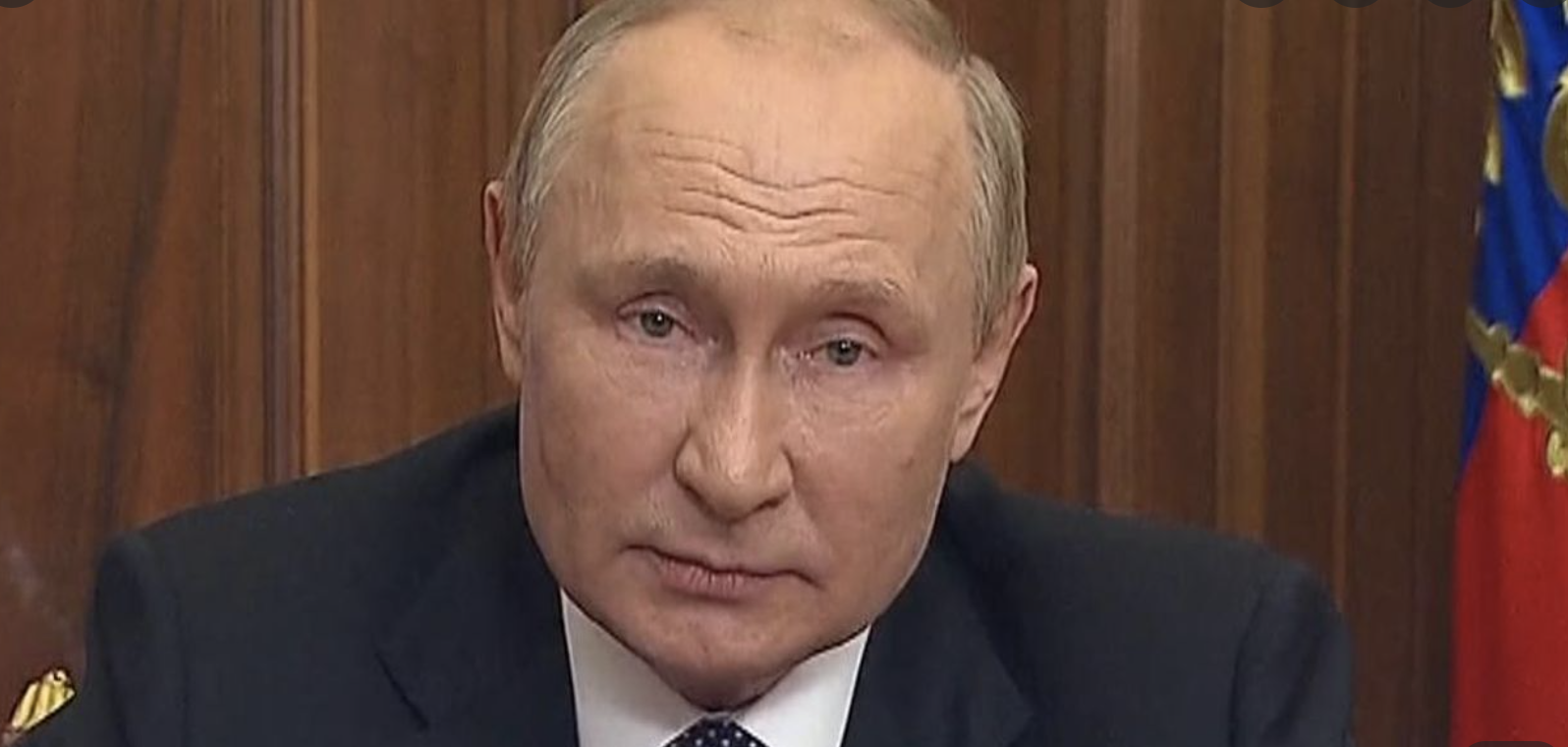By Scott Taylor
There is now absolutely no denying that Russian President Vladimir Putin made a major miscalculation when he invaded Ukraine.
Following a series of successful counter-offensives by Ukraine in early September, the Kremlin had no alternative but to order a partial mobilization if they wish to continue exercising Putin’s “Special Military Operation.”
The Russian military continues to under-report their battlefield casualties suffered to date – but the announced mobilization of 300,000 reservists acknowledges that Putin’s initial invasion force of 200,000 has been decimated.
Western media have been quick to highlight the unpopularity of the widening war among Russian citizens.
As long as the war was being waged by volunteer soldiers and mercenaries like the infamous Wagner group, the average Russian civilian was content to accept the state-controlled message as to Putin’s stated war arms.
However, now that reservists and former military personnel are being called up for frontline service, suddenly Putin’s rationale for the invasion no longer stands up to scrutiny.
Luckily for the U.S., and to a lesser degree Canada, the decades-long military occupation of Iraq and Afghanistan did not result in us having to resort to a partial mobilization or a lottery draft.
Canadians were blissfully content to display ‘support the troops’ bumper stickers as long as they themselves never had to face the prospect of being drafted and sent to fight an unwinnable war on foreign soil.
The Americans avoided drafting civilians by implementing a policy known as ‘stop loss’ wherein soldiers could not leave the military even after their term of service was fulfilled.
As was revealed by reporter Craig Whittock in what is now dubbed the Afghanistan Papers, the December 2019 Washington Post expose clearly illustrated that senior Pentagon officials, and presumably Canadian officials, knew from the outset that victory in Afghanistan was unattainable.
But I digress.
The conundrum facing Putin and his generals now is very similar to that which confronted the Pentagon and NATO commanders in Afghanistan. The Russian generals must realize they cannot win in Ukraine, but at the same time Putin feels that politically he cannot concede defeat.
The Russians will by now have realized that the NATO supplied weaponry is far superior to their own in Ukraine.
Given Canada’s current struggle to find the training resources for new recruits, one can only imagine the challenge of mentoring the freshly mobilized 300,000 Russian reservists into capable combat soldiers.
Added to the battlefield losses in the first several months of the war – estimated to be more than 80,000 killed, wounded, captured and deserted – the Russian military is still heavily engaged in full scale conflict in the Donbas region.
We have also witnessed the failures of the Russian Army’s logistics and their command and control capabilities.
In the short term Russia will need to rely on these same defeated and demoralized veterans to train the newly mobilized troops to utilize the same inferior weapon systems and employ those same tactics which have proven so disastrous thus far.
It will be akin to Dr. Frankenstein’s monster trying to put together the next version of his flawed self – while still engaged in an epic bloody struggle with Ukraine.
On the flip side, the recent success of the Ukraine Army proves that the NATO’s investment of weaponry and advanced training is paying out serious dividends.
Entire Ukrainian military units are presently withdrawn to the UK, where the best and brightest NATO combat trainers – including 250 Canadians – prep them to return to the battlefield.
If these parameters remain unchanged, the current advantage enjoyed by Ukraine in terms of weaponry and tactical competence will only increase over time.
Putin will be forced to mobilize more and more troops and his inability to quickly produce or procure advanced guided munitions will steadily erode his Army’s already deficient battlefield competency.
To recap the war to date, it has mostly been a series of embarrassing setbacks for Russia.
The initial armoured columns launched to capture Kyiv were defeated with serious losses. Ditto the Russian airborne assault aimed at capturing the Antonov airport.
Russian naval forces were able to capture Snake Island, but then Ukraine sank the missile cruiser Moskva – flagship of Russia’s Black Sea fleet. After months of bombardment, Russia abandoned Snake Island.
In the air, Russia’s supposedly superior air force has been unable to achieve complete superiority over the battlefield due to the preponderance of NATO supplied portable air defence systems (MANPADS).
As witnessed during the September counter-offensives, the Ukraine air force remains a potent adversary.
It is still somewhat of a mystery but Ukraine was also able to strike a Russian military airfield in the Crimea – either with precision munitions or special forces operations – to destroy a number of Russian warplanes on the ground.
During the second stage of the war, Russia’s methodical advance in the Donbas, it was apparent that Ukraine was lacking in artillery and ammunition.
However, even that Russian advantage has been countered with NATO’s large scale provision of long-range weapon systems.
When combined with U.S. and NATO intelligence, Ukraine is able to pinpoint and target Russian ammunition dumps and command centres well back from the frontlines.
All told, things do not bode well for the 300,000 Russian civilians who were just drafted to prolong Putin’s misadventure in Ukraine.


